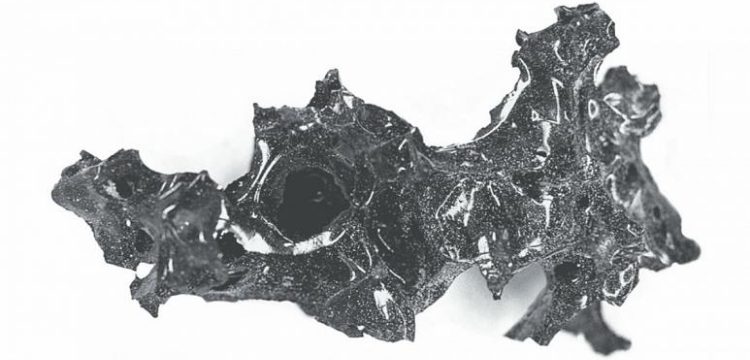Blast turned brain to glass in Pompeii

The remains of a man lying on a wooden bed were discovered at Herculaneum, closer to Vesuvius than Pompeii, in the 1960s. He is believed to have been the custodian of a place of worship, the Collegium Augustalium.
Mount Vesuvius blast turned ancient victim’s brain to glass. The eruption of Mount Vesuvius turned an incinerated victim’s brain material into glass, the first time scientists have verified the phenomenon from a volcanic blast, officials at the Herculaneum archaeology site said Thursday.
According to an article detailing the discovery in the New England Journal of Medicine;
The remains of a man lying on a wooden bed were discovered at Herculaneum, closer to Vesuvius than Pompeii, in the 1960s. He is believed to have been the custodian of a place of worship, the Collegium Augustalium.
A study of the charred wood nearby indicates a maximum temperature of 520 degrees Celsius (968 degrees Fahrenheit). "This suggests that extreme radiant heat was able to ignite body fat and vaporize soft tissue," the study said.
Look for more: Heat-Induced Brain Vitrification from the Vesuvius Eruption in c.e. 79
Diğer English News Haberleri

Archaeologist Assoc. Prof. Dr. Erhan Bıçakçı passed away

Sumerologist Muazzez İlmiye Çığ, passed away at the age of 110

Neolithicists said: Urfa kebab excellent, gobeklitepe incredible, Karahantepe wow!

The World Neolithic Congress started in Şanlıurfa

Togu Balik, the lost city of the Nine Oghuzs, was discovered in the Tuul Valley of Mongolia

